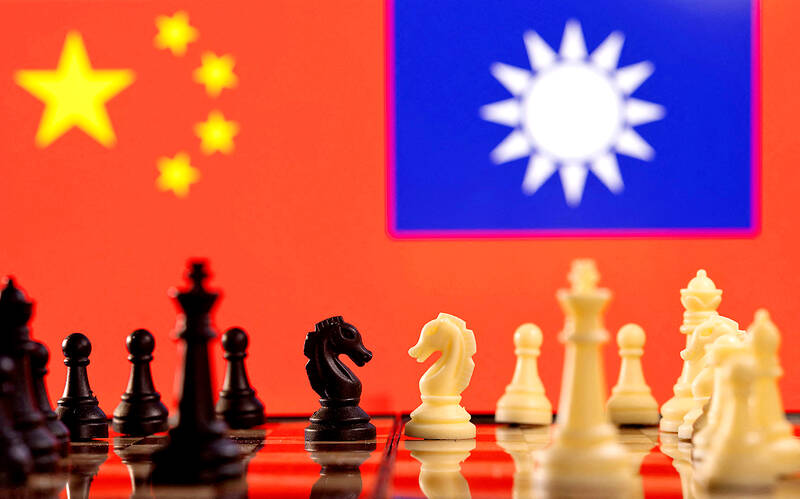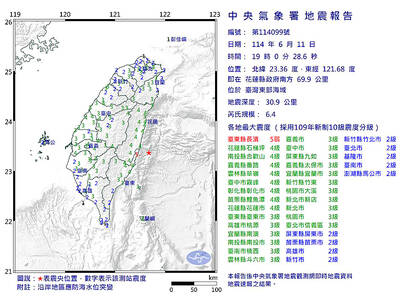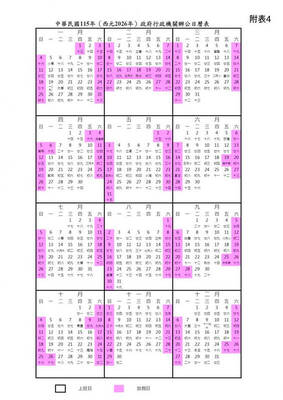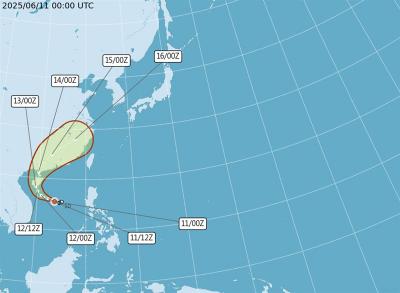The international community should be mindful of China’s “gray zone” activities carried out by its maritime militia and coast guard west of the first island chain, an area where Beijing seeks to establish full control, a former Japanese Navy rear admiral told a security forum in Taipei on Friday.
China has been exploiting freedom of navigation by deploying its maritime militia to international waters to escalate its “gray zone” activities, Katsuya Yamamoto, who was in the Japanese Maritime Self-Defense Force, said at the International Conference on Sea Lane Security held by the Ocean Affairs Council and National Sun Yat-sen University.
“Gray zone” activities refer to actions that fall between the traditional notions of war and peace, typically involving ambiguous or non-traditional methods that aim to achieve strategic objectives without overtly crossing the threshold into open conflict.

Photo: Reuters
Among China’s activities that are considered to meet the definition are the regular crossing of the median line of the Taiwan Strait by Chinese People’s Liberation Army (PLA) aircraft. In the past few months, it has also used its coast guard and maritime militia to intimidate Philippine vessels operating near Second Thomas Shoal (Renai Shoal, 仁愛暗沙) in the Spratly Islands (Nansha Islands, 南沙群島) — which Taiwan also claims — ramming them, and deploying military-grade lasers and water cannons against them.
China has also been preventing fishers from accessing traditional fishing sites within the Philippine exclusive economic zone, negatively affecting local economies, foreign media reported.
China has accused Taiwan’s ruling Democratic Progressive Party of incrementally pushing for independence and insisted that it has the right to patrol the waters around the Spratly Islands.
Yamamoto, who now heads the Security Studies Program at the Tokyo-based Sasakawa Peace Foundation, said that China’s maritime militia is part of the PLA and has taken part in wars, including the 1979 Sino-Vietnamese War.
Under international humanitarian law, the maritime militia is defined as a regular part of the country’s armed forces and a combatant, he said.
China inculcates the notion in its soldiers and sailors that whatever happens in the waters west of the first island chain — the string of islands from the Japanese archipelago, through Taiwan and the Philippines to Borneo, Indonesia — is a “domestic matter.”
Based on that premise, all hostile elements west of the chain must be eliminated — a task that falls to the China Coast Guard, he said.
The China Coast Guard is different from its foreign counterparts, as it functions as a “complete naval force” that can operate independently even if China escalates its “gray zone” activities, he said, adding that the coast guards of Taiwan, Japan and the Philippines would need the support of their respective navies in such a scenario.
If democratic countries ignore the “gray zone” situation that China seeks to perpetuate with its maritime militia, the international order would transform into a “Chinese-style international order” as envisioned by Beijing, Yamamoto said.
It is important that the international community increase the visibility and transparency of what is happening in the waters west of the first island chain, share the intelligence, and jointly condemn and push back against challenges to the “status quo,” he said.

A magnitude 6.4 earthquake struck off the coast of Hualien County in eastern Taiwan at 7pm yesterday, the Central Weather Administration (CWA) said. The epicenter of the temblor was at sea, about 69.9km south of Hualien County Hall, at a depth of 30.9km, it said. There were no immediate reports of damage resulting from the quake. The earthquake’s intensity, which gauges the actual effect of a temblor, was highest in Taitung County’s Changbin Township (長濱), where it measured 5 on Taiwan’s seven-tier intensity scale. The quake also measured an intensity of 4 in Hualien, Nantou, Chiayi, Yunlin, Changhua and Miaoli counties, as well as

Taiwan is to have nine extended holidays next year, led by a nine-day Lunar New Year break, the Cabinet announced yesterday. The nine-day Lunar New Year holiday next year matches the length of this year’s holiday, which featured six extended holidays. The increase in extended holidays is due to the Act on the Implementation of Commemorative and Festival Holidays (紀念日及節日實施條例), which was passed early last month with support from the opposition Chinese Nationalist Party (KMT) and Taiwan People’s Party. Under the new act, the day before Lunar New Year’s Eve is also a national holiday, and Labor Day would no longer be limited

COMMITMENTS: The company had a relatively low renewable ratio at 56 percent and did not have any goal to achieve 100 percent renewable energy, the report said Pegatron Corp ranked the lowest among five major final assembly suppliers in progressing toward Apple Inc’s commitment to be 100 percent carbon neutral by 2030, a Greenpeace East Asia report said yesterday. While Apple has set the goal of using 100 percent renewable energy across its entire business, supply chain and product lifecycle by 2030, carbon emissions from electronics manufacturing are rising globally due to increased energy consumption, it said. Given that carbon emissions from its supply chain accounted for more than half of its total emissions last year, Greenpeace East Asia evaluated the green transition performance of Apple’s five largest final

The first tropical storm of the year in the western North Pacific, Wutip (蝴蝶), has formed over the South China Sea and is expected to move toward Hainan Island off southern China, the Central Weather Administration (CWA) said today. The agency said a tropical depression over waters near the Paracel and Zhongsha islands strengthened into a tropical storm this morning. The storm had maximum sustained winds near its center of 64.8kph, with peak gusts reaching 90kph, it said. Winds at Beaufort scale level 7 — ranging from 50kph to 61.5kph — extended up to 80km from the center, it added. Forecaster Kuan Hsin-ping